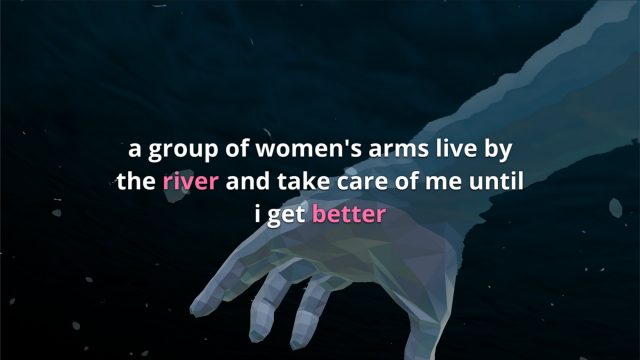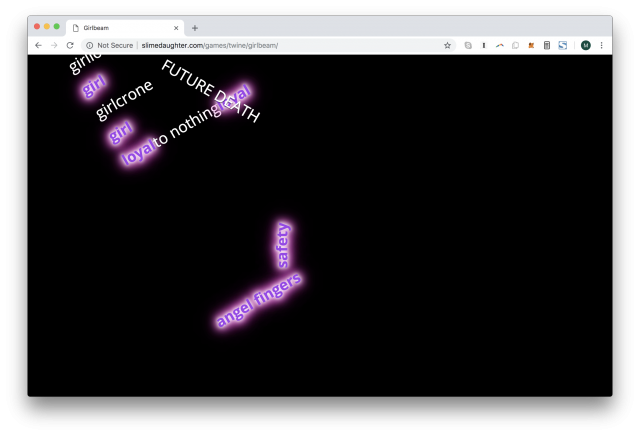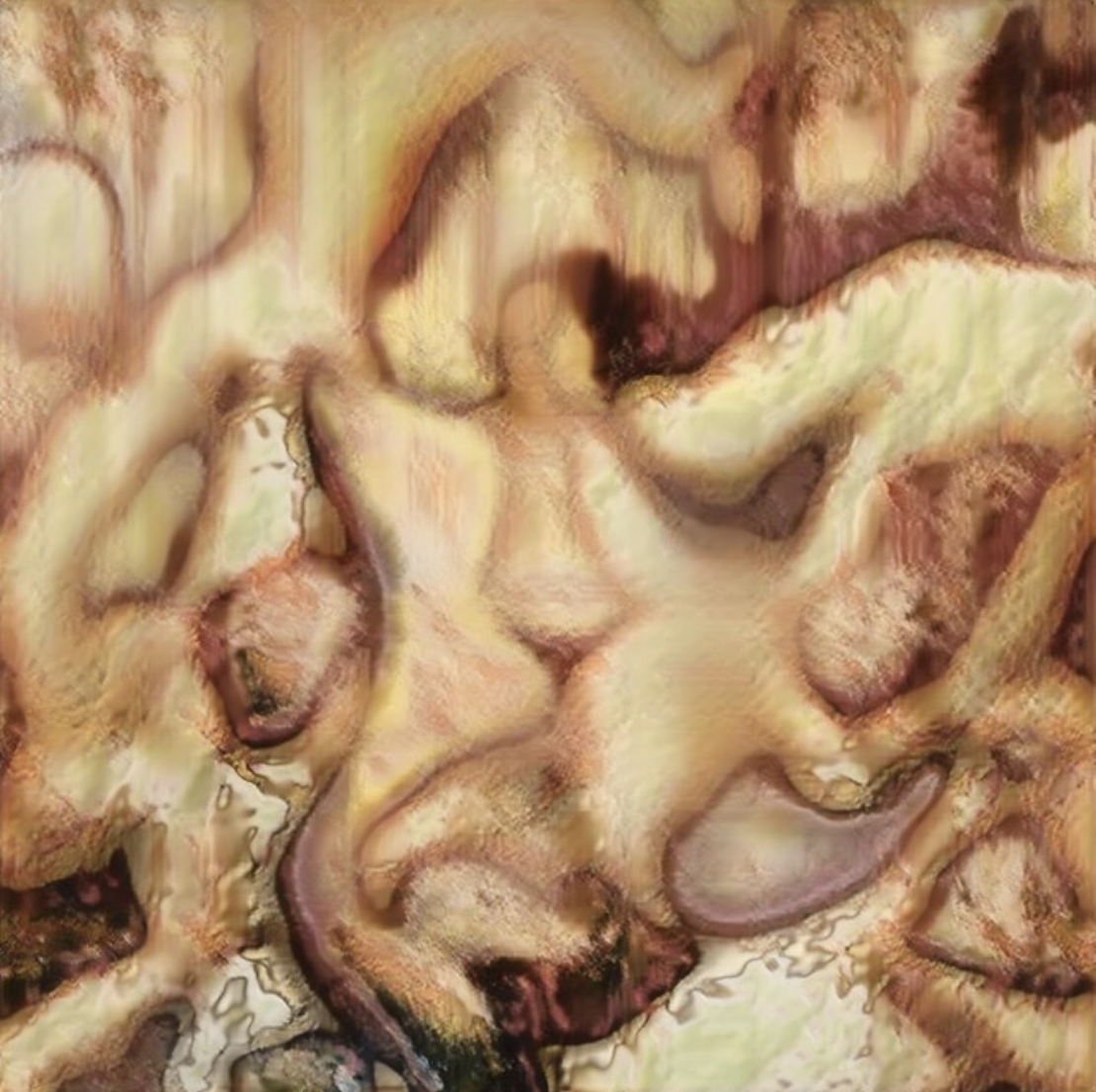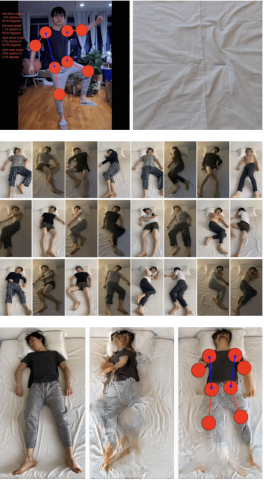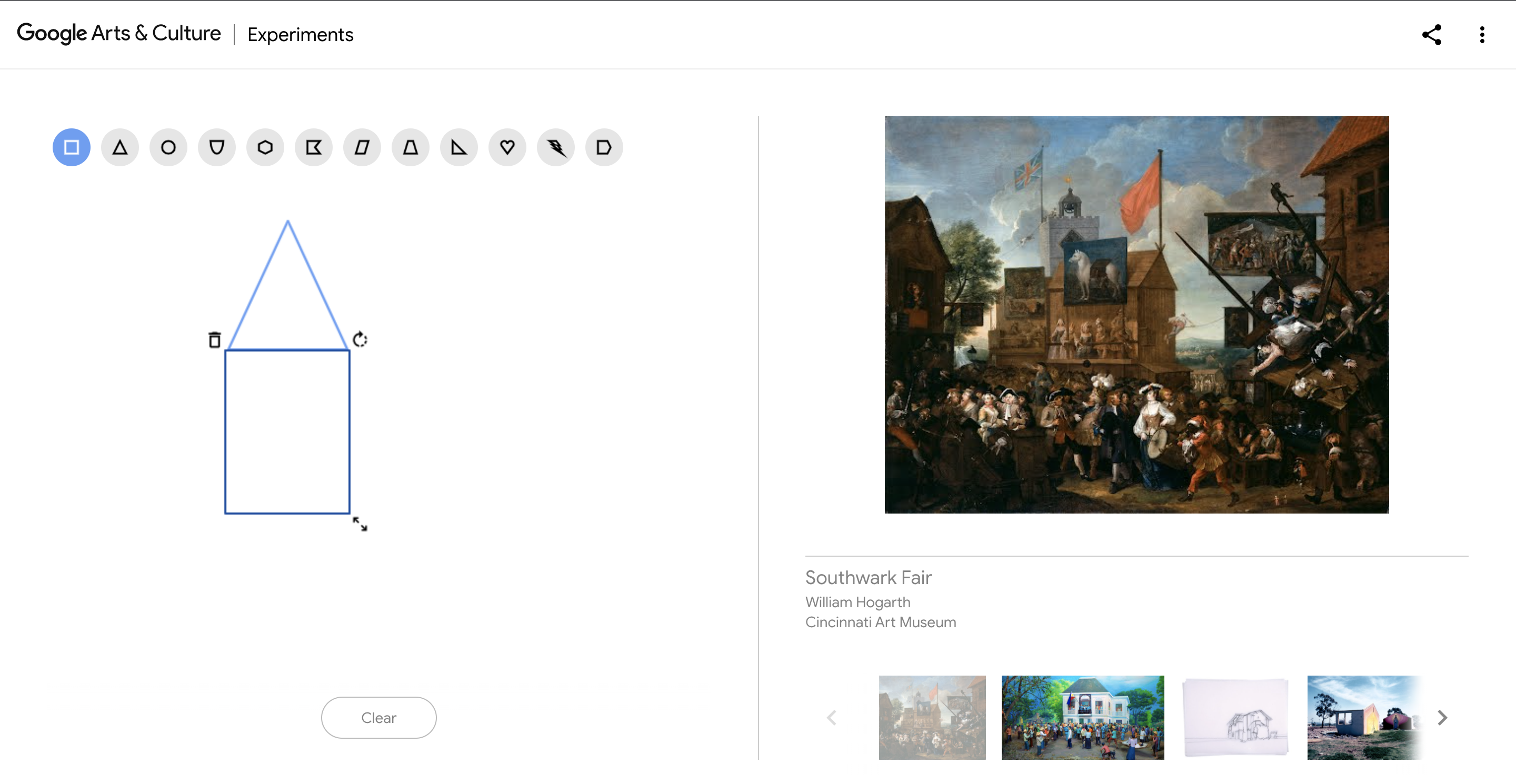


Shiftspace: A browser extension (by Dan Phiffer and Mushon Zer-Aviv, ShiftSpace) that enables collaboratively annotating, editing and shifting the web.
Comments:
- What is it: Shiftspace, like my project, was inspired by the control over how users interact on the Internet. In 2007, the Shiftspace team managed to implement 4 different styles of interaction on the meta-layer created by Shiftspace. Users can put “Notes”, highlight text, replace images, and even edit the source code of a website collaboratively. The project didn’t last till today. In fact, their official demo page and website are not accessible.
- Good: When I came up with the idea of my project, I had a sense that someone must already made something that enables web-space-specific comments. Here it is: a chrome extension made just for that. Users can develop new plugins for Shiftspace. User can make a “shift” that connect other pages of the website, forming a network of links. The shifts show some relevent information such as the time when something is posted. The idea can be revolutionary, it is worth thinking about why such a promising project failed eventually.
- Bad: The interface is not very convenient as users had to press
SHIFTandSPACEand then click one of the buttons to use it. The big note can cover important contents of the webpage (they should be made transparent when the cursor is near). The image-swap and sourcecode edit is too invasive and will eventually make users confused about whether it is the original content of the website. The extension does not intend to store any information about the author of the comments, which disables making personal connections between website commenters. - Inspirations: There are of course many challenges to this idea. The most important one is how can one know the two website links are pointing to the same content. Taking the Youtube link, for example, two distinct videos are stored under a query
?v=xxxxxxof video id, but other queries are about giving Youtube metadata. We would like two notes about the same video, although browsed in slightly differenturl, to appear together. It is challenging to achieve this. Other problems involve the long-tail distribution of visitors. How do you manage comments onhttps://www.google.comthe main page? How do you balance comments with original content? A seemingly simple extension would take a lot of effort to make.


